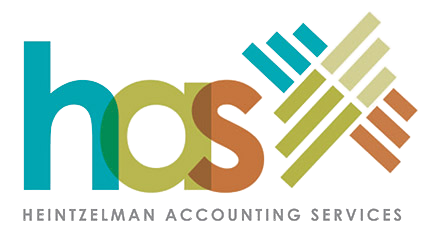Interest rates are currently at an all-time low, and it may be time for you to consider refinancing your existing home mortgage to take advantage of these lower rates. Doing so may substantially reduce your monthly mortgage payments. As you know if you have been watching the ads, some lenders are offering rates as low as 2.75%.
If you are thinking about refinancing your current home loan, consider the tax ramifications before making your decision, as the 2018 tax reform made some changes that may impact it. Home mortgage debt can consist of acquisition debt and equity debt. Acquisition debt is the debt you incur to purchase your home or make substantial improvements to the home. Equity debt is debt secured by the home that you use for other purposes not related to acquiring your home. Prior to 2018, homeowners could deduct the interest paid (up to $100,000 of equity debt) as an itemized deduction. However, with the passage of tax reform, the interest on home equity debt is no longer deductible. So, if you are considering refinancing for more than the current balance of your acquisition debt and won’t be spending the extra amount to make substantial improvements to your home, keep in mind that the interest you’ll pay on the refinanced debt may only be deductible on the portion of the loan that represents acquisition debt.
There are other tax pitfalls as well. Prior to tax reform, acquisition debt could be refinanced for a longer-term and the interest would continue to be tax deductible for the term of the refinanced loan. Under tax reform, that is no longer the case.
Of course, to the extent, the additional refinanced debt was used to make a substantial home improvement, such as adding solar power, remodeling the kitchen, or adding a room, that portion of the refinanced debt will be acquisition debt and the interest will be deductible, except as noted next.
One more potential tax trap related to refinancing is that tax reform reduced the maximum amount of acquisition debt from which the interest was deductible from $1 million on a taxpayer’s first and second homes to $750,000. The $1 million debt cap was grandfathered for acquisition debt loans in effect prior to tax reform, and those can still be refinanced for their current balance without being subject to the $750,000 limit. However, if a grandfathered loan is refinanced for more than the current balance of the loan, the new $750,000 acquisition debt limit could come into play.
Putting these tax limitations aside, it still may be financially beneficial to refinance to reduce interest and monthly payments without increasing the amount of the loan. Owning your home debt-free by the time you reach retirement is an important goal, so you should do everything in your power to avoid using the equity in your home and prolonging the payments. However, there may be times when it becomes necessary, such as paying off high-interest credit card debt or paying for junior’s college education.
Combining tax considerations and refinancing options can become quite complicated. If you need assistance in making a refinancing decision, please give this office a call.


Recent Comments